In the intricate tapestry of nature, every species plays a unique and vital role. Among these, non-venomous snakes—often misunderstood and unfairly feared—serve as crucial components in maintaining healthy ecosystem dynamics. These remarkable reptiles, comprising approximately 85% of all snake species worldwide, function as both predators and prey, helping to regulate populations of various organisms while providing sustenance for larger predators. From the deserts of Arizona to the rainforests of the Amazon, non-venomous snakes silently perform ecological services that ripple throughout their habitats, influencing everything from rodent populations to nutrient cycling. This exploration of their ecological importance aims to shed light on how these serpentine creatures contribute to biodiversity and ecosystem resilience, challenging us to reconsider our relationship with these valuable but frequently maligned animals.
Natural Pest Controllers: The Front Line Against Rodent Overpopulation

Perhaps the most recognized ecological service provided by non-venomous snakes is their role in controlling rodent populations. Species like rat snakes, king snakes, and corn snakes are particularly effective at limiting the numbers of mice, rats, and other small mammals that might otherwise experience population explosions. A single rat snake can consume dozens of rodents annually, providing a natural alternative to chemical pesticides and rodenticides that can harm the environment. Their hunting efficiency extends beyond direct consumption—the mere presence of snakes in an area can alter rodent behavior, reducing crop damage and the spread of rodent-borne diseases such as hantavirus and leptospirosis. In agricultural settings, this natural pest control service translates to billions of dollars saved globally each year, making non-venomous snakes silent partners in food security efforts.
Mid-Level Predators: Maintaining the Predator-Prey Balance
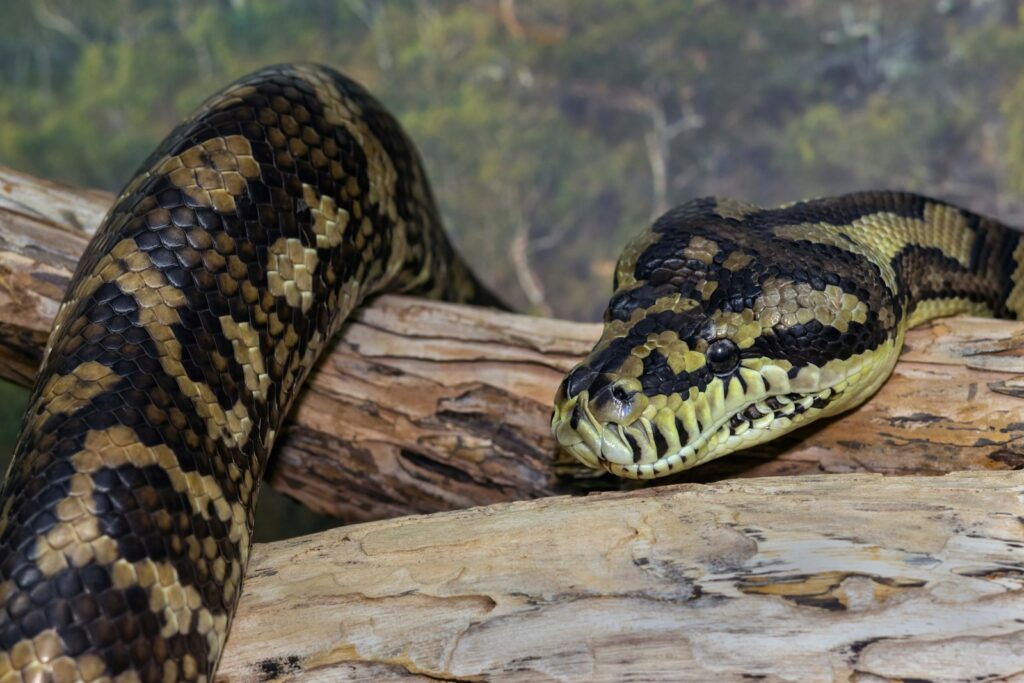
Within food webs, non-venomous snakes occupy a critical middle position as mesopredators, feeding on smaller animals while serving as prey for larger predators. This strategic position allows them to influence both the populations of their prey and the success of their predators, creating stabilizing feedback loops throughout the ecosystem. For instance, when non-venomous snakes keep amphibian populations in check, this prevents overgrazing of algae and invertebrates in aquatic systems. Simultaneously, these snakes provide essential nutrition for birds of prey, mammals like foxes and coyotes, and even larger reptiles. Their position in this ecological middle ground makes them particularly vulnerable to disruption but also positions them as keystone species in many environments where their removal can trigger cascading effects throughout the food web.
Seed Dispersal Assistants: Indirect Contributors to Plant Diversity

While snakes themselves don’t consume plants, they indirectly contribute to seed dispersal and plant diversity through their predation on fruit-eating animals. When snakes consume rodents, birds, or other small animals that have recently eaten fruits or berries, the seeds may pass through the snake’s digestive system intact and be deposited in new locations. This secondary dispersal mechanism helps maintain plant genetic diversity and colonization of new areas. Research in tropical forests has demonstrated that areas with healthy snake populations often show increased plant recruitment and diversity compared to similar habitats where snakes have been removed or reduced. Additionally, by controlling populations of seed predators like certain rodents, non-venomous snakes indirectly protect seed banks and seedling establishment, further supporting plant community resilience and forest regeneration processes.
Nutrient Cycling: Unseen Contributions to Soil Health
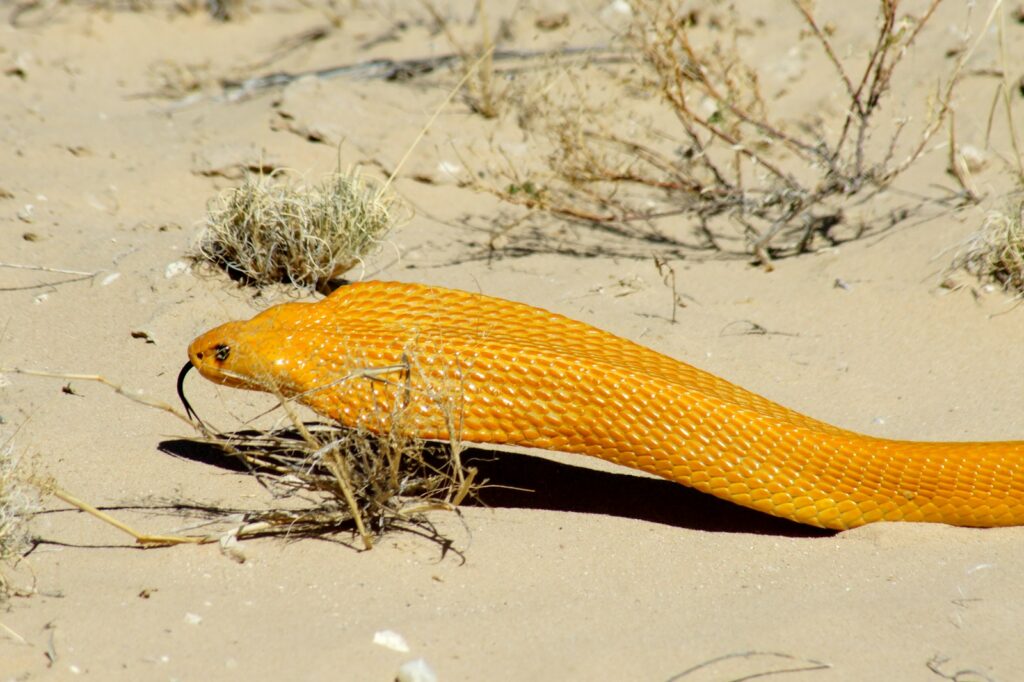
The ecological footprint of non-venomous snakes extends beneath the surface through their contributions to nutrient cycling. When snakes defecate, they deposit concentrated nutrients that become available to plants and soil microorganisms, enhancing soil fertility in localized areas. In some ecosystems, particularly those with nutrient-poor soils, this input can create “hotspots” of biological activity and plant growth. Snakes also contribute to nutrient cycling through their mortality, as their carcasses provide a pulse of nutrients that supports detritivores and decomposers. Studies in desert ecosystems have shown that snake dens can significantly alter soil chemistry and microbial communities in their vicinity, creating resource-rich microhabitats that benefit other organisms. This aspect of snake ecology, while often overlooked, represents a fundamental contribution to ecosystem productivity and resilience.
Indicators of Ecosystem Health: Living Barometers
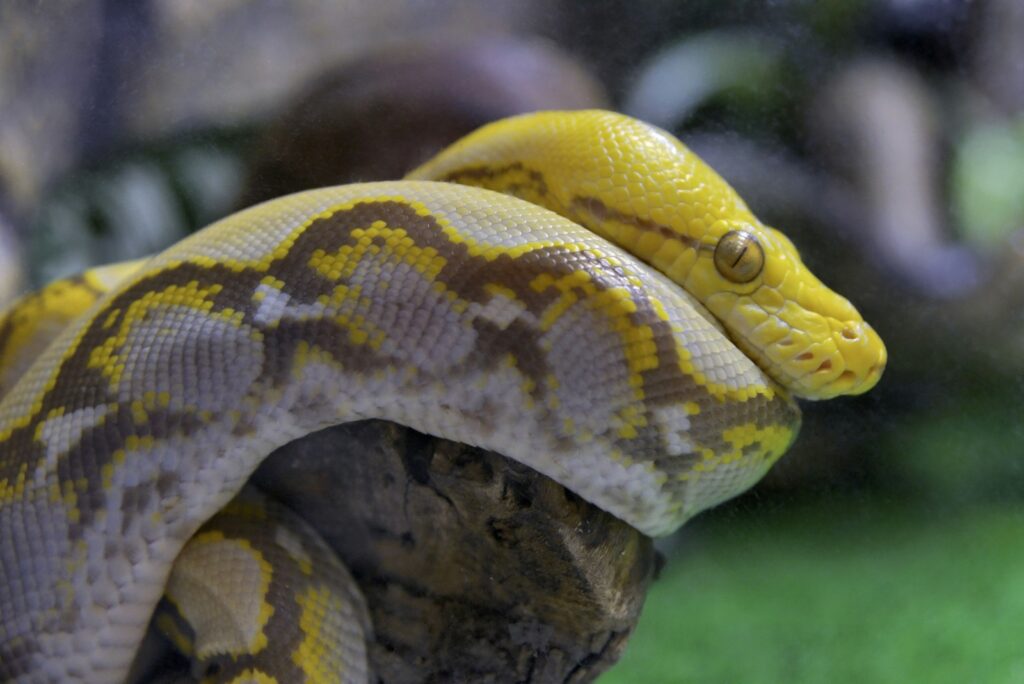
Conservation biologists increasingly recognize non-venomous snakes as valuable bioindicators—species whose presence, absence, or condition reflects environmental health. Due to their intermediate position in food webs and specific habitat requirements, snake populations often respond predictably to environmental changes, making them effective monitors of ecosystem integrity. Declining snake populations can signal environmental degradation, habitat fragmentation, or ecosystem imbalance before these impacts become visible in other ways. For example, the disappearance of ring-necked snakes from an area might indicate soil contamination, while changes in garter snake populations might reflect shifts in amphibian abundance or wetland quality. Monitoring programs that track snake diversity and abundance provide valuable early warning systems for conservation managers, helping to identify emerging threats and guide intervention efforts before ecosystem damage becomes severe.
Complex Interactions with Venomous Species: Competitive Balance
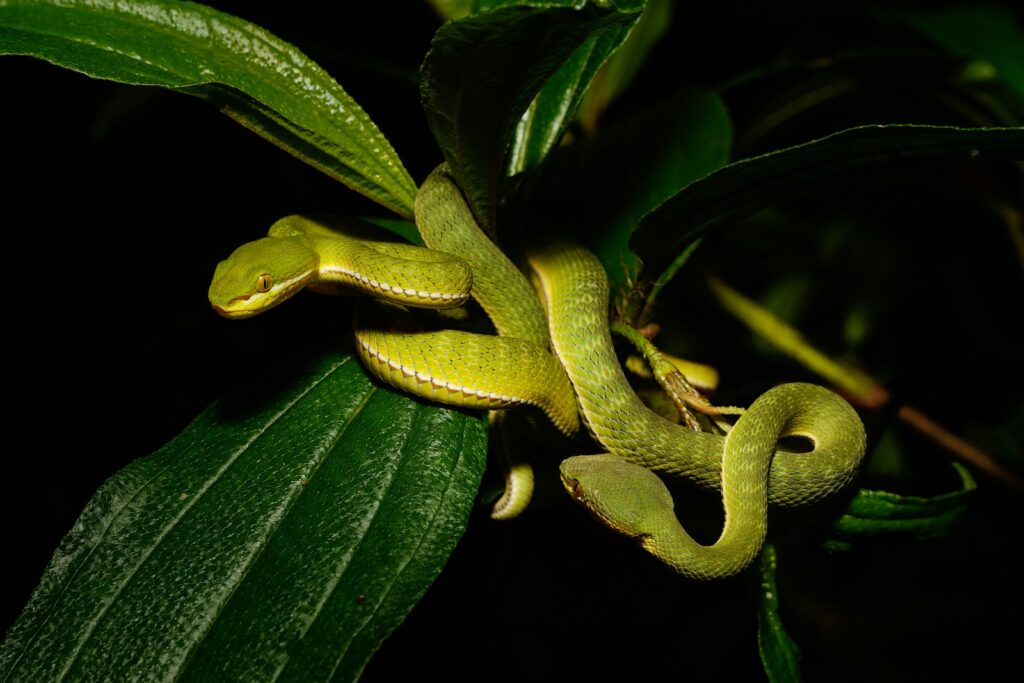
Interesting ecological relationships exist between non-venomous and venomous snake species, with some non-venomous snakes actively regulating the abundance of their venomous counterparts. The kingsnake offers a compelling example of this interaction, as it possesses immunity to the venom of pit vipers and readily preys upon rattlesnakes, copperheads, and other venomous species. This predation creates a natural check on venomous snake populations, potentially reducing human-snake conflicts in areas where both types occur. Research in the southeastern United States has demonstrated that kingsnake presence correlates with reduced rattlesnake density, illustrating this regulatory effect. Beyond direct predation, non-venomous species may also compete with venomous snakes for resources such as prey, habitat, and hibernation sites, further influencing the distribution and abundance of potentially dangerous species through competitive exclusion or niche partitioning mechanisms.
Agricultural Allies: Benefits Beyond Rodent Control
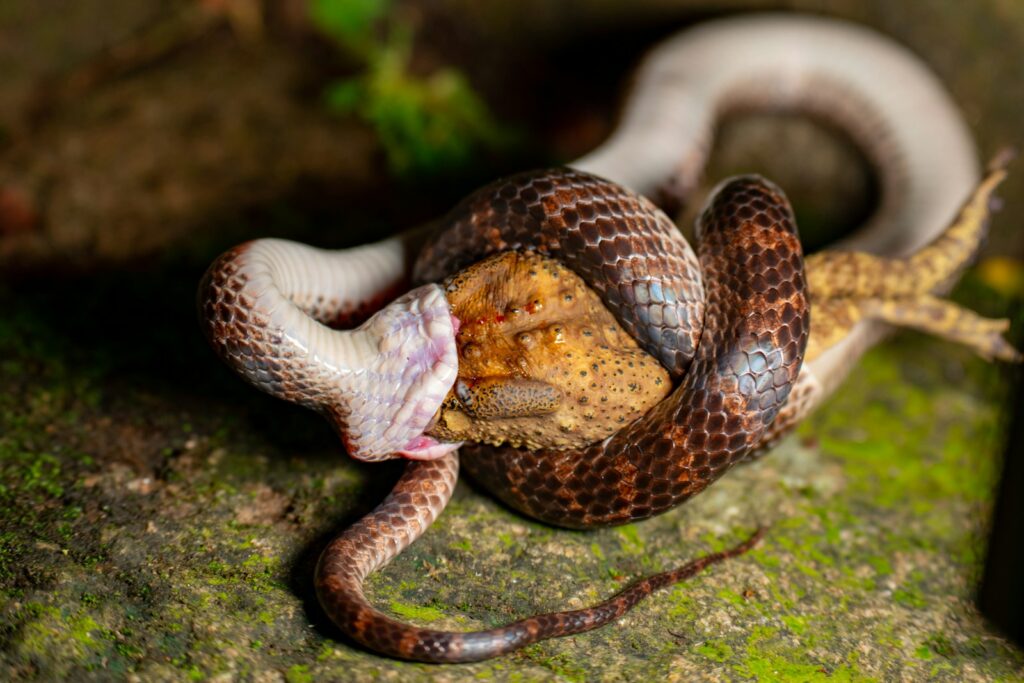
The agricultural benefits of non-venomous snakes extend well beyond simple rodent control, encompassing a suite of services valuable to sustainable farming systems. In addition to protecting stored grains and reducing crop damage from rodents, many non-venomous snakes consume agricultural pests such as grasshoppers, beetles, and caterpillars during various life stages. Gopher snakes help protect irrigation systems by preying on pocket gophers and other burrowing animals that damage water lines and create soil erosion problems. In rice paddies across Asia, water snakes help control insects and crustaceans that might otherwise reduce yields, while in orchards, rat snakes limit damage to fruit trees by consuming nest-building rodents. Progressive farmers increasingly recognize these ecological services and implement snake-friendly practices such as maintaining hedge rows, rock piles, and uncultivated field margins that provide snake habitat while positioning these natural pest controllers near vulnerable crops.
Adaptations for Specialized Ecological Roles
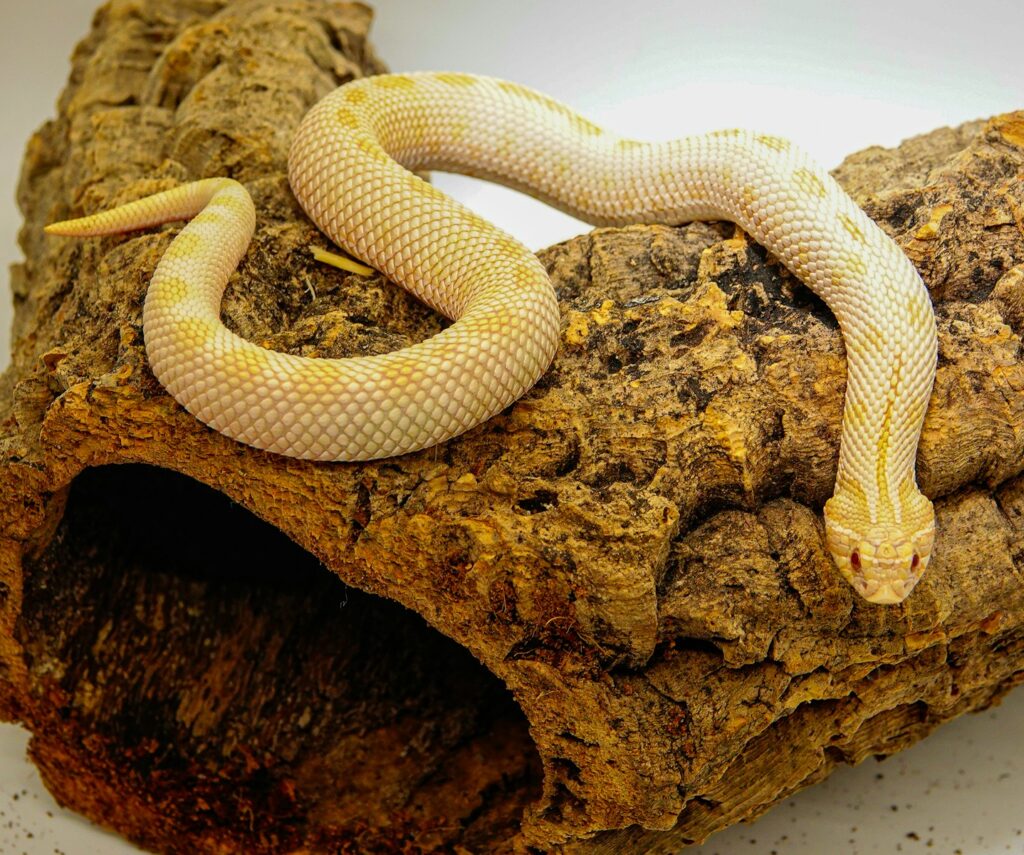
Non-venomous snakes have evolved remarkable adaptations that allow them to occupy specialized ecological niches and perform unique ecosystem functions. Arboreal species like emerald tree boas possess prehensile tails and specialized scales that enable them to control bird and bat populations in the rainforest canopy where few other predators can reach. Burrowing species such as blind snakes have reduced eyes, smooth scales, and reinforced skulls that allow them to pursue subterranean prey like termites and ant larvae, helping to regulate soil invertebrate communities. Aquatic specialists like water snakes have developed valved nostrils, specialized lung structures, and hydrodynamic body shapes that make them efficient predators in freshwater systems, controlling fish and amphibian populations. These specialized adaptations not only demonstrate evolutionary ingenuity but also allow non-venomous snakes to perform ecological functions that few other organisms could manage, making them irreplaceable components in their respective ecosystems.
Threatened Status: Conservation Challenges and Implications
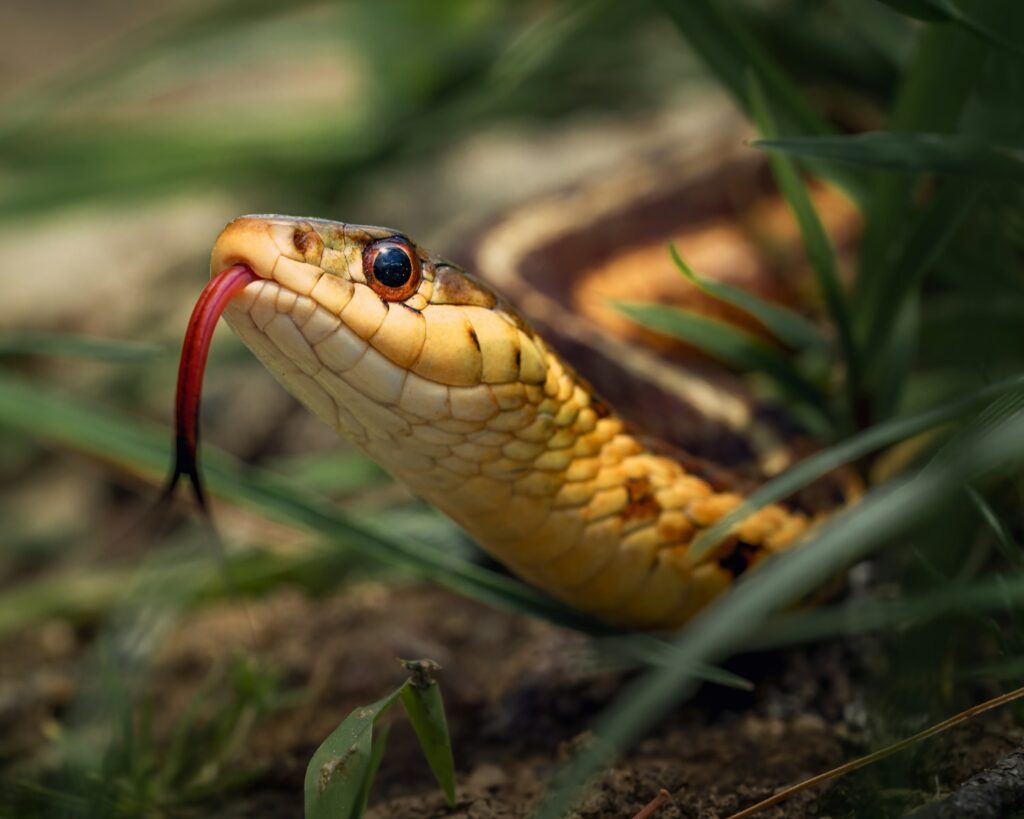
Despite their ecological importance, non-venomous snake populations face unprecedented declines worldwide due to multiple anthropogenic pressures. Habitat destruction represents the most significant threat, as urban expansion, agricultural intensification, and resource extraction eliminate or fragment the complex habitats snakes require for survival. Road mortality claims millions of snakes annually as these slow-moving reptiles attempt to cross increasingly busy roadways during seasonal movements or dispersal. Deliberate persecution stemming from misplaced fear or superstition further reduces numbers, while collection for the pet trade threatens populations of particularly colorful or rare species. Climate change introduces additional stressors through altered precipitation patterns, temperature extremes, and shifting prey availability. The conservation implications of these declines extend far beyond the snakes themselves—as non-venomous snake populations diminish, the ecosystem services they provide deteriorate, potentially triggering cascading effects that reduce biodiversity and ecosystem resilience across multiple trophic levels.
Mitigating Human-Snake Conflicts: Coexistence Strategies

Successful conservation of non-venomous snakes requires effective approaches to human-snake conflict that address legitimate safety concerns while preserving these animals’ ecological contributions. Education forms the cornerstone of coexistence strategies, teaching people to distinguish between harmful and beneficial snake species while providing protocols for safely removing snakes from human spaces when necessary. Habitat modification techniques such as removing brush piles near homes, sealing structural gaps, and maintaining rodent-free properties can prevent unwanted snake encounters without harming snake populations. Community-based relocation programs train volunteers to safely capture and transport unwanted snakes to appropriate natural habitats, providing an alternative to killing these beneficial animals. Innovative technologies including snake-specific barriers, deterrent devices, and even trained dogs that detect and alert to snake presence offer additional non-lethal management options. When implemented comprehensively, these approaches enable humans and snakes to share landscapes more harmoniously, maintaining ecosystem services while reducing negative interactions.
Research Gaps: What We Still Don’t Know
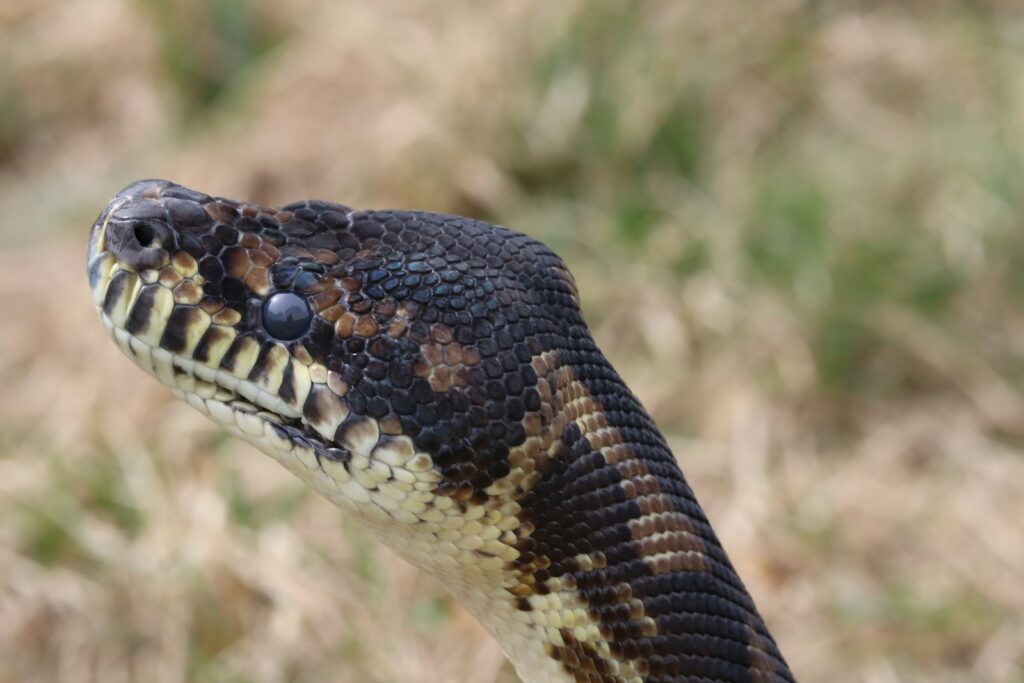
Despite centuries of study, significant knowledge gaps persist regarding the ecological roles of non-venomous snakes, hampering conservation efforts and ecosystem management. Quantitative data measuring the exact impact of snake predation on prey populations remains scarce, making it difficult to predict the consequences of snake declines in specific ecosystems. The cascading effects of snake removal from food webs are poorly understood, particularly regarding potential release of mesopredators or prey species that snakes typically control. Limited information exists about minimum viable population sizes for many snake species, complicating efforts to establish protective measures before populations reach critical levels. The adaptive capacity of different snake species to climate change represents another critical research frontier, as does understanding how landscape connectivity influences snake genetic diversity and population resilience. Addressing these knowledge gaps requires innovative research methodologies including environmental DNA sampling, automated camera traps, miniaturized tracking technology, and citizen science initiatives that can generate the large-scale data necessary for effective conservation planning.
Cultural Perspectives: Changing the Narrative
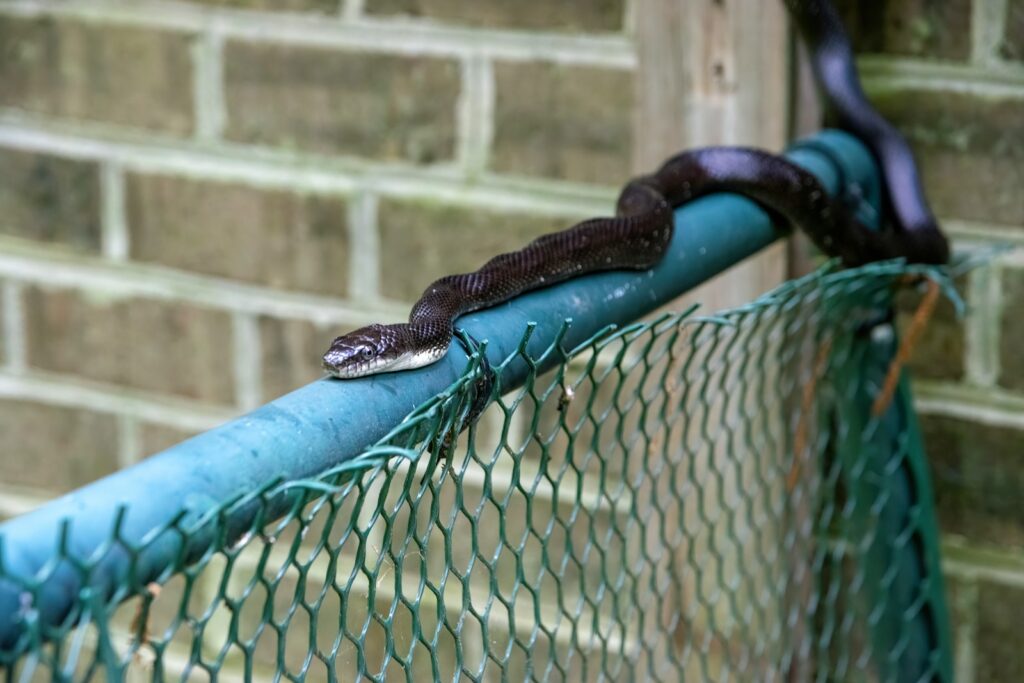
The ecological importance of non-venomous snakes is frequently overshadowed by deeply entrenched cultural attitudes ranging from fear and revulsion to reverence and symbolic significance. Throughout human history, snakes have featured prominently in mythology, religion, and folklore, often portrayed as manifestations of evil or deception in Western traditions while being celebrated as symbols of wisdom, renewal, and fertility in others. These cultural narratives significantly influence conservation outcomes by shaping public willingness to protect snake species or tolerate their presence. Successful conservation initiatives increasingly incorporate cultural dimensions by engaging with traditional knowledge systems and working with community leaders to develop messaging that resonates with local values. Educational programs that provide safe, positive experiences with non-venomous snakes—particularly for children—help overcome innate fears while building appreciation for these animals’ ecological roles. Changing the dominant narrative surrounding snakes represents perhaps the most formidable but essential conservation challenge, requiring collaborative efforts across disciplines from biology to anthropology and psychology.
Future Prospects: Integrating Snakes into Conservation Planning
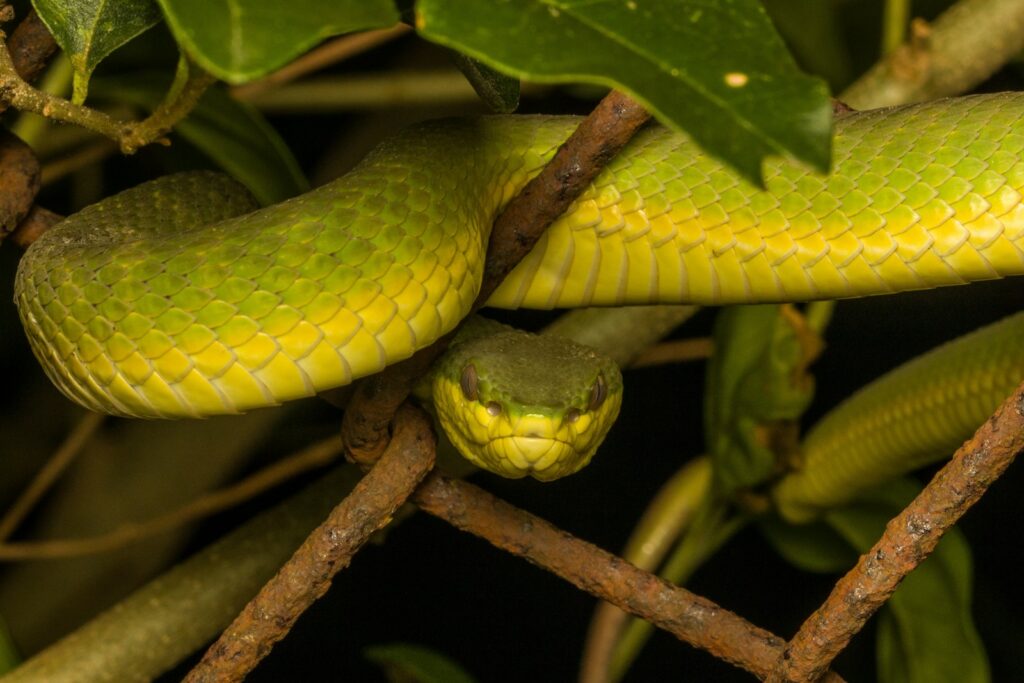
Moving forward, effective ecosystem management requires deliberately integrating non-venomous snakes into conservation planning and ecological restoration efforts. Innovative approaches include designing wildlife corridors with specific features that facilitate snake movement between habitat fragments, incorporating snake habitat requirements into urban greenspace planning, and developing snake-friendly agricultural practices that can be implemented at scale. Emerging technologies such as environmental DNA monitoring show promise for non-invasive population tracking, while advances in telemetry allow researchers to better understand snake habitat use and movement patterns across complex landscapes. Economic valuation studies that quantify the monetary benefits of snake ecosystem services provide compelling arguments for protection, particularly in agricultural contexts where their pest control functions translate directly to economic savings. As climate change intensifies, assisted migration and ex-situ conservation programs may become increasingly necessary for vulnerable snake species, requiring sophisticated planning and international cooperation. By recognizing non-venomous snakes as integral components of functioning ecosystems rather than peripheral curiosities, conservation planners can develop more holistic approaches that preserve not just snake diversity but the ecological processes these remarkable reptiles support.
Conclusion
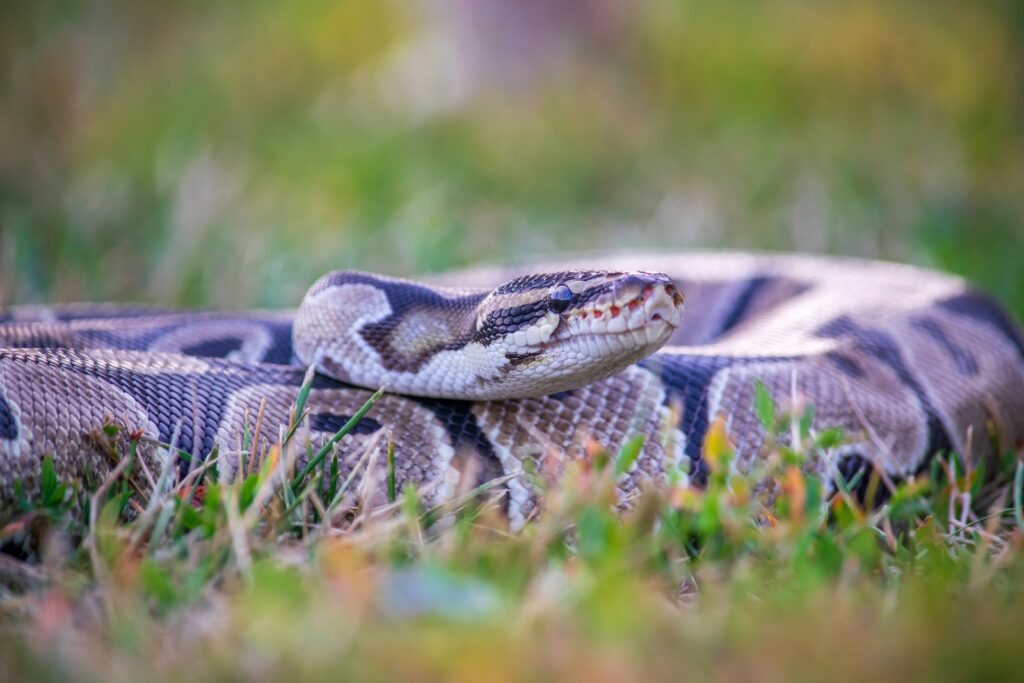
Non-venomous snakes represent far more than simply “harmless” alternatives to their venomous relatives—they are ecological keystones whose presence ripples throughout natural systems in ways we are only beginning to fully comprehend. From regulating rodent populations and indirectly supporting plant communities to serving as sensitive indicators of environmental health, these serpentine engineers perform irreplaceable functions that maintain ecosystem balance. As we face unprecedented biodiversity loss and ecosystem degradation globally, the conservation of non-venomous snakes takes on new urgency, not merely for the intrinsic value of these ancient reptiles but for the web of ecological relationships they sustain. By overcoming culturally ingrained fears and misperceptions, embracing scientific understanding of their ecological roles, and developing innovative conservation strategies, we can ensure that non-venomous snakes continue their vital work as nature’s silent regulators for generations to come.





